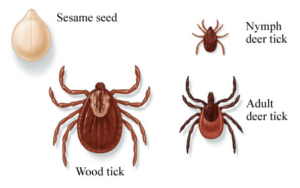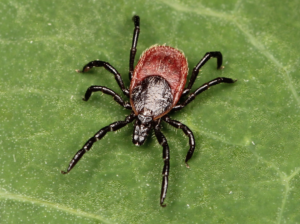 Georgetown has a high concentration of deer ticks and with them, tick borne diseases: it’s #1 in Sagadahoc County, according to 2017 Maine CDC data. https://gtownconservation.com/wp-content/uploads/RatesSagadCtyCDC.pdf Deer ticks have a two year life cycle and rely on animals for transport. Young ticks feed on mice, squirrels and birds: adults need an estimated 12 deer per square mile.
Georgetown has a high concentration of deer ticks and with them, tick borne diseases: it’s #1 in Sagadahoc County, according to 2017 Maine CDC data. https://gtownconservation.com/wp-content/uploads/RatesSagadCtyCDC.pdf Deer ticks have a two year life cycle and rely on animals for transport. Young ticks feed on mice, squirrels and birds: adults need an estimated 12 deer per square mile.
Georgetown’s deer herd is estimated by IF&W to have overpopulated to around 60 per square mile, resulting in traffic collisions, decimation of native plant species and forest undergrowth, and poor health of the herd, as well as contributing to high incidence of tick-borne diseases. In 2019, IF&W designated Georgetown and Arrowsic as WMD 25A for additional antlerless deer permits. You can read the “Tick Group”‘s FAQ sheet here:
Impact of deer herd reduction on incidence of Lyme disease: https://academic.oup.com/jipm/article/8/1/25/4210016
Great basic information sources on ticks and what to watch out for:
Lyme Disease: download the CDC information sheet here
New tick species appearing in Maine and what to expect in the 2019 season:

